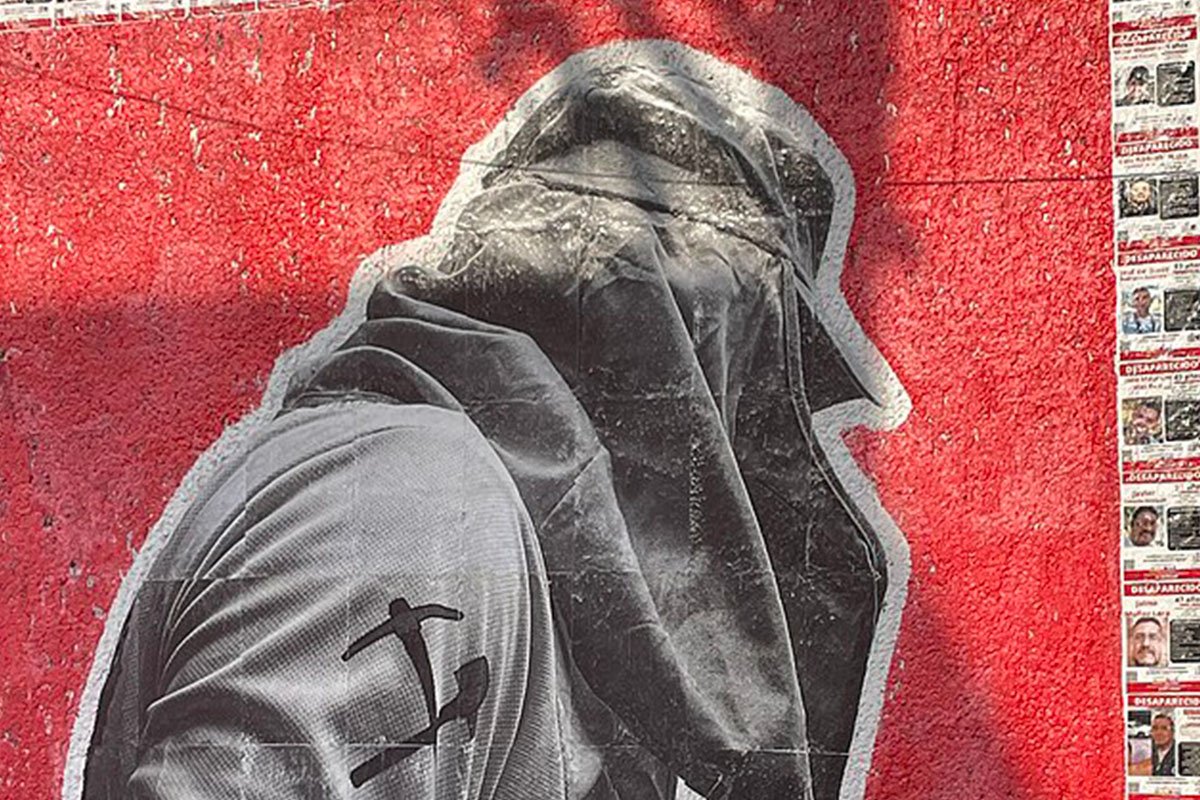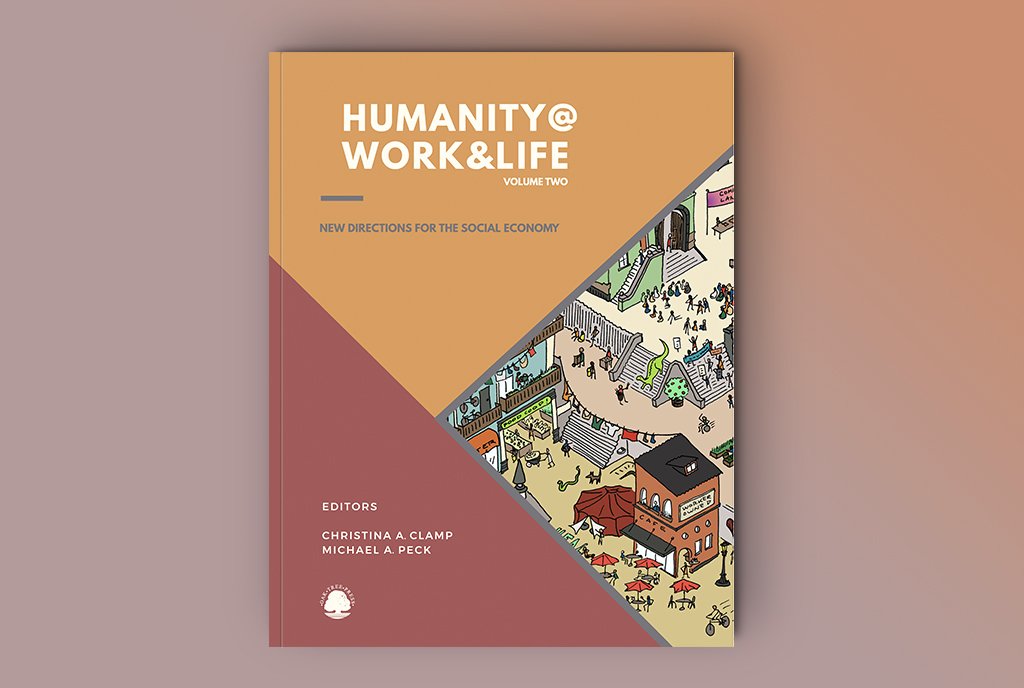
Earlier this year, Iraq opened three new galleries in the Basra Museum to display artifacts recently returned from the United States and other countries. Many of these objects had been looted and smuggled out of Iraq following the 2003 US invasion. Over two decades later, calls to repatriate these stolen objects were finally met with success, but not without significant effort.
Across the world, there has been an increased push over the last five years to demand the return of looted artifacts, many of which are kept in US and European museums. While these efforts only recently gained traction, calls for repatriation have been going on for decades.
In 2018, an Indian friend of mine visited the Victoria and Albert Museum in London. While exploring the South Asian exhibit, they overheard a White British family telling their young son about how these objects were a sign of the prestige of having India in the British empire. Unable to remain silent, the friend pointed out that they were also a sign of just how much Britain had taken from the country.
This exchange folds into the larger conversation around artifacts and sacred objects, and growing awareness of just how many were taken from their countries of origin. The Benin Bronzes, for instance, have become central to this debate. A huge number of these pieces—about 5,000 bronze sculptures, plaques, and adornments looted from the Kingdom of Benin by British colonial soldiers in the late 19th century—are now scattered across North American and European museums, and were recently labeled “blood art.” In 2022, the Smithsonian voluntarily returned 29 of the bronzes to Nigeria as a result of adopting a new ethical returns policy earlier that year.
Challenging Misconceptions
Unable to remain silent, the friend pointed out that [the artifacts] were also a sign of just how much Britain had taken from [India].
What is new in recent years is the moral push by the younger generation to see these objects as more than mere museum displays. There is a growing recognition of the ethical concerns associated with displaying looted or even purchased objects that hold cultural and spiritual significance for their communities, both within communities that have been colonized and those that were the colonizers.
Take, for example, criticism of the Metropolitan Museum of Art (MET) in New York City, for continuing to display a stone relic featuring the Buddhist and Hindu deity Vishnu, despite ongoing arrangements for its return to India.
“What countries want back are pieces that are extremely rare, sacred, or with direct ties to ancestors. Communities want back artworks and artifacts that are of exceptional importance,” says Elizabeth Marlowe, director of museum studies at Colgate University. She emphasizes the need to prioritize repatriating pieces with “blood on them”—that is, items taken during war or other periods of aggression—countering the misconception that countries are demanding the return of all artifacts, regardless of how the museum acquired them.
In the United States, these debates are further complicated. As Marlowe notes, many objects arrived in the United States through purchases rather than direct colonial looting, as the nation was not involved in colonialism in the same way as its European counterparts.
“There are a number of cases where artifacts were looted under colonialism but ended up in the US due to capitalism,” Marlowe explains. “Most Americans don’t think critically about the fact that some things shouldn’t be for sale.”
Kerri J. Malloy, assistant professor of Native American and Indigenous Studies at San Jose State University, adds, “What is misunderstood in the current conversation on the repatriation of human remains and objects of cultural patrimony is the underlying assumption that their acquisition was ethical and that they are commonly held property that everyone has a right to view or access.”
“What countries want back are pieces that are extremely rare, sacred, or with direct ties to ancestors.”“In the absence of that understanding,” Malloy notes, “repatriation is cast as the taking away of communal property and giving it to an exclusive group of people rather than as part of larger transitional justice efforts to address the legacies of colonialism and settler colonialism.”
When artist and Pan-African activist Sylvie Njobati started working on restitution and decolonization, she found that the efforts were one-sided. In her attempts to repatriate Ngonnso’, a statue sacred to the Nso people of Cameroon, Njobati visited Germany multiple times, yet no German representatives came to Cameroon as part of the process.
Sign up for our free newsletters
Subscribe to NPQ's newsletters to have our top stories delivered directly to your inbox.
By signing up, you agree to our privacy policy and terms of use, and to receive messages from NPQ and our partners.
“People think restitution is doing Africa a favor. That defines the framework and dynamic of the conversation,” Njobati says. “Right now, you see these communities being on the begging side, initiating and writing every action that needs to happen. The burden of proof was on my shoulder.”
Shifting the Burden of Proof
In the United States, the debate around repatriation also encompasses Native American belongings and remains. The Native American Graves Protection and Repatriation Act (NAGPRA), enacted in 1990, has facilitated the return of many such items. Recent amendments to NAGPRA have led to a renewed wave of repatriations and a better understanding of what tribes want.
These recent changes shift the burden of proof onto universities and museums displaying Native American remains and belongings. Institutions must now get approval from tribes to display these items; otherwise, they have to cover or remove them from display. This change puts museums in a position to seek permission from the tribes rather than placing the onus on Indigenous communities to reclaim their heritage.
Joe Baker, cofounder and executive director of the Lenape Center, and member of the Delaware Tribe of Indians, has worked on repatriation efforts for decades. Even now, the process remains challenging and slow, which he attributes to flawed perceptions. “One of the biggest misconceptions is this idea that these are objects or artifacts when they are actually belongings,” Baker explains. He emphasizes that the lack of understanding that people have an emotional connection to these items can make people overlook the importance of repatriation.
Increasing Public Awareness
Baker has been a part of two recent repatriations for his own tribe. “One happened maybe one or two years ago, and the other is in the process. It hasn’t happened yet, but everyone is in the same room, willing to make it happen,” he shares. He attributes this progress to the shift in perceptions brought about by movements like Black Lives Matter and the insistence of younger generations on learning the truth about their histories.
Similarly, Sylvie Njobati successfully advocated for Germany to agree to repatriate Ngonnso’ 120 years after the statue was first taken from Cameroon. She attributes the outcome and momentum in part to shifting public perceptions as well. “I built on that success to ask for the return of other pieces that built on the royalty of that piece, so as we speak, we are waiting on the decision of return of 31 objects. They are yet to be repatriated, but at least we have ownership,” she says.
It has also allowed a shift in the perceptions and power dynamics that both Malloy and Njobati discuss—and for people to understand the importance of repatriation and for these processes to be successfully carried out.
Leila Amineddoleh, a lawyer specializing in art and heritage law, shared that she’s witnessed a growing willingness among her clients to return objects when they find out they have been acquired unethically. She recounts one story of a client who had purchased a marble bust at a Goodwill store for $35, only to discover it was an ancient Roman piece stolen from a German museum by a US soldier during World War II. “She contacted me because she wanted to know what to do about the piece. We talked about it, and she decided that the most ethical decision was to return this piece to the German museum it was stolen from, despite the museum not knowing that piece was found,” Amineddoleh explains.
She has also worked on cases involving the return of multiple objects to Iraq that had been illegally imported to the United States by the craft retailer Hobby Lobby. “A lot of people do act ethically, but we don’t hear a lot about that,” she notes, highlighting how people’s moral understanding of this situation is leading to more successful repatriations.
This repatriation movement is vital for addressing colonialism’s lasting impacts and restoring cultural heritage to rightful custodians.
The Path Forward
Despite the progress, challenges remain. Governments delay the process; museums often answer to wealthy donors, not foreign countries; and complexities arise that require each case to be handled individually. But the first step of acknowledging the generational hurt and trauma caused by the removal of these culturally important and sacred artifacts has opened doors to broader solutions on a global scale.
“What we can do is educate the public about the significance and power of these collections and why they need to be home with their owners and not in museum collection holdings that are often dark and without any kind of interactions,” Joe Baker advocates.
Challenging misconceptions and shifting the burden of proof is what pushes toward more meaningful repatriation efforts. As awareness grows, returning these artifacts is not only possible but should be understood as a moral imperative. This repatriation movement is vital for addressing colonialism’s lasting impacts and restoring cultural heritage to rightful custodians.











